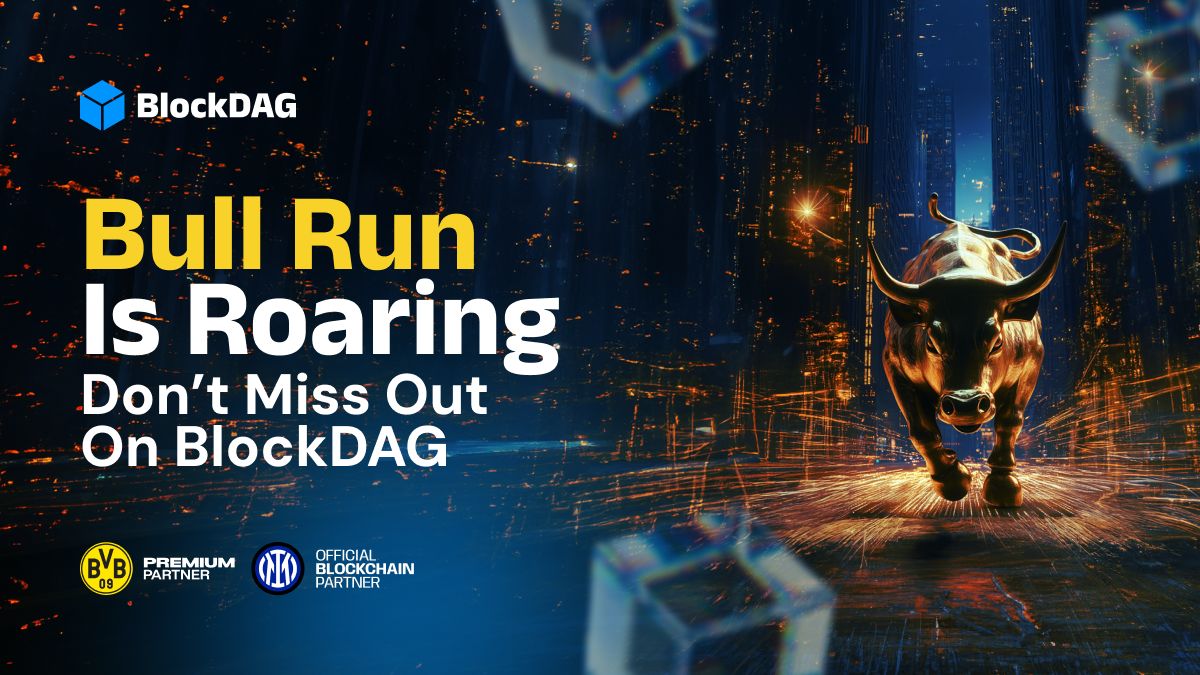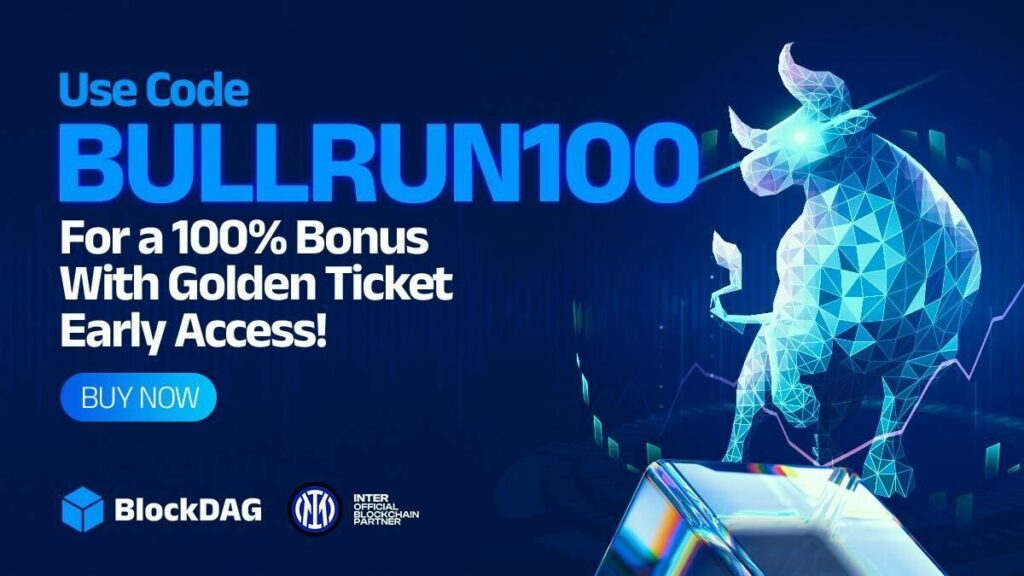4 Cryptos Under $10 to Buy: BlockDAG, Celestia, TRON, and Stacks
As 2024 rolls on, there’s no shortage of compelling cryptos with potential for growth. For those looking to invest in promising projects without spending a fortune, four cryptocurrencies under $10 have been gaining attention: BlockDAG, Celestia, TRON, and Stacks. Each offers unique innovations that could fuel adoption and help drive returns over time. With this in mind, let’s dive into what makes each of these cryptos intriguing, focusing on their latest updates, price movements, and standout features. Here’s everything you need to know about these four affordable cryptos right now.
1. BlockDAG (BDAG)
BlockDAG is making strides as a next-gen Layer 1 blockchain, combining the best of blockchain and Directed Acyclic Graph (DAG) technology for efficient, secure, and decentralized transactions. With a Proof-of-Work (PoW) approach, BlockDAG provides a high-speed and scalable environment suited for developers looking to build on a reliable platform. The network just launched its testnet, allowing developers to experiment with features like smart contract development and wallet integration. What’s more, BlockDAG’s modular architecture is designed to accommodate thousands of transactions per second, addressing scalability challenges common in traditional blockchains.
BlockDAG’s presale success highlights the strong interest surrounding this project, having raised over $120.5 million. The current batch price sits at $0.022 per BDAG token, reflecting a 2100% return for early adopters. A 100% bonus offer, called BULLRUN100, is available for a limited time, doubling the tokens acquired and providing early access to upcoming airdrops. With mainnet development nearly complete, BlockDAG is positioning itself as a competitive choice within the blockchain space, attracting both institutional and individual participants.
2. Celestia (TIA)
Celestia has gained traction as a modular blockchain focused on scalability and flexibility. This network separates consensus and execution, allowing developers to deploy custom blockchains with fewer restrictions. Celestia’s approach to data availability sampling and modular design enables high levels of scalability while supporting multiple blockchain environments. Its architecture is aimed at reducing computational demands, a feature that has resonated with developers seeking efficiency.
The native token, TIA, is currently priced at around $5.07, with a recent token unlock in October 2024 leading to increased market activity. With a circulating supply of approximately 411 million tokens, Celestia’s market cap sits around $2.3 billion. The recent token unlock has stirred excitement and activity, giving both new and existing users opportunities to explore what this network offers. With its focus on custom blockchain environments, Celestia is attracting developers and projects alike.

3. TRON (TRX)
TRON, or TRX, is a well-established blockchain aiming to decentralize content and entertainment. It operates on a delegated Proof-of-Stake (dPoS) consensus, ensuring rapid transaction speeds and low costs. A major player in stablecoin transactions, TRON hosts the largest circulating supply of USD Tether (USDT), making it a preferred network for stablecoin usage. TRON’s integration with Chainlink data feeds adds a layer of reliability for developers working in the decentralized finance (DeFi) space.
Currently priced at $0.1654, TRON has a strong market presence with a $14.29 billion market cap. Recent quarterly revenue of $577 million highlights TRON’s traction, even surpassing earnings of well-known blockchain networks like Bitcoin and Ethereum. With increased activity across its platform, TRON continues to be a key choice for stablecoin transactions and DeFi, giving it a solid foundation and clear growth potential.
4. Stacks (STX)
Stacks brings smart contracts and dApps to Bitcoin, leveraging its security and stability. As a layer-2 solution, Stacks enables developers to build on Bitcoin’s base layer, expanding its use cases through the Clarity smart contract language. Stacks operates with a unique Proof of Transfer (PoX) consensus, anchoring its security to Bitcoin’s proof-of-work. This adds an extra layer of security, making Stacks particularly appealing for applications that require high reliability.
Stacks recently introduced the Nakamoto upgrade, aimed at improving scalability and transaction speeds. Priced at $2.06, with a market cap of roughly $3.09 billion, Stacks is also preparing to launch sBTC, a decentralized Bitcoin-backed asset designed for DeFi. This innovation could make Bitcoin more accessible within DeFi, giving Stacks a unique role in bridging Bitcoin and decentralized finance. With upcoming releases like sBTC, Stacks is attracting interest as a strategic way to integrate with Bitcoin’s ecosystem.
Key Insights
For those seeking affordable options in crypto, BlockDAG, Celestia, TRON, and Stacks each offer distinct advantages and forward-thinking tech. BlockDAG’s hybrid architecture, Celestia’s modular focus, TRON’s dominance in stablecoins, and Stacks’ integration with Bitcoin showcase the diversity of approaches under $10. These projects not only bring innovative solutions but also align well with the demand for scalability and decentralization in the crypto space. Whether you’re drawn to scalable ecosystems or the next step in Bitcoin’s evolution, these four cryptos offer an exciting entry into blockchain technology.
- Website: https://blockdag.network
- Presale: https://purchase.blockdag.network
- Telegram: https://t.me/blockDAGnetworkOfficial
- Discord: https://discord.gg/Q7BxghMVyu
Disclosure: This is a sponsored press release. Please do your research before buying any cryptocurrency or investing in any projects. Read the full disclosure here.




